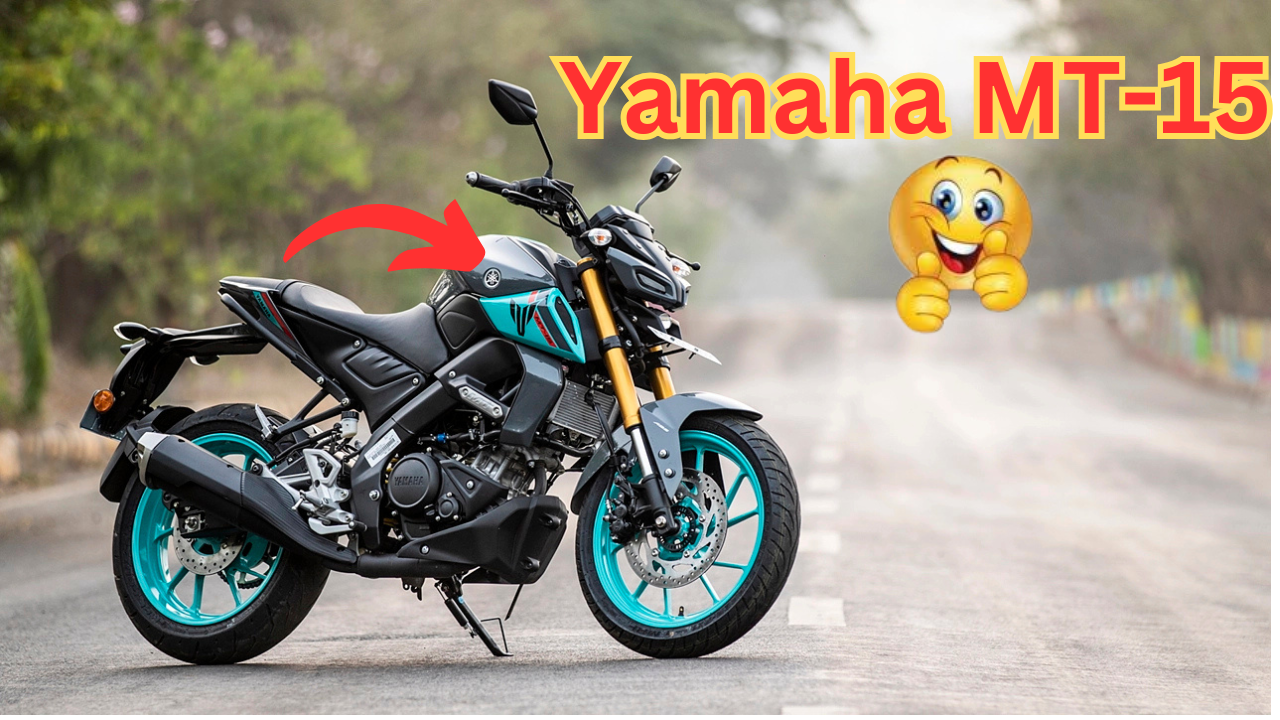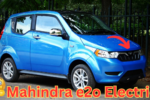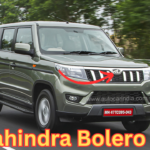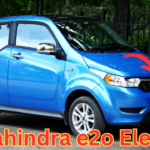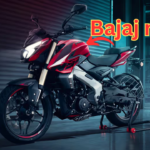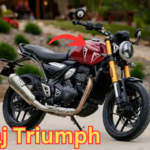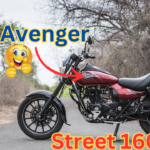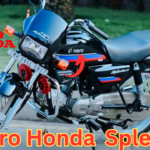Introduction
The Indian motorcycle market has seen fierce competition in the streetfighter segment, with two standout contenders—Yamaha MT-15 and Bajaj Pulsar NS200. Both motorcycles have gained a massive following due to their performance, aggressive styling, and technological advancements. While the Bajaj Pulsar NS200 has long been a favorite among enthusiasts, Yamaha’s MT-15 brings premium features, lightweight agility, and advanced engineering that position it as a strong rival.
This article delves into a comprehensive comparison between the Yamaha MT-15 and the Bajaj Pulsar NS200, analyzing their features, performance, technology, pricing, and overall market appeal.
Design and Styling
Yamaha MT-15: Aggressive and Modern
- The MT-15 follows Yamaha’s “Dark Warrior” design philosophy, boasting an aggressive streetfighter stance.
- The bi-functional LED headlamp with sharp DRLs gives it a futuristic look.
- Minimalist bodywork, muscular fuel tank, and sculpted panels enhance its premium appeal.
- Compact and lightweight structure ensures better maneuverability in urban environments.
- Available in bold color schemes, including Cyan Storm, Racing Blue, and Metallic Black.
Bajaj Pulsar NS200: Classic Naked Sports Appeal
- The NS200 continues with its aggressive naked sports styling, reminiscent of its KTM Duke-inspired origins.
- Features a muscular tank, sharp extensions, and sporty decals.
- Equipped with halogen headlamps with LED DRLs, which are functional but slightly dated compared to the MT-15.
- A slightly bulky frame compared to the MT-15, making it feel more substantial on the road.
Winner: Yamaha MT-15 for its modern and futuristic design, but the Pulsar NS200 appeals to those who prefer a more traditional streetfighter look.
Engine Performance and Specifications
Yamaha MT-15: Efficient and Refined
- Powered by a 155cc, liquid-cooled, single-cylinder, SOHC engine.
- Generates 18.4 PS of power at 10,000 RPM and 14.1 Nm of torque at 7,500 RPM.
- Equipped with Variable Valve Actuation (VVA) for an improved mid-range power delivery.
- Mated to a 6-speed gearbox with an assist and slipper clutch for smoother shifts.
Bajaj Pulsar NS200: Raw Power and High Performance
- Runs on a 199.5cc, liquid-cooled, single-cylinder, DOHC engine.
- Produces 24.5 PS of power at 9,750 RPM and 18.74 Nm of torque at 8,000 RPM.
- Features a triple-spark DTS-i engine for improved efficiency and power output.
- Paired with a 6-speed gearbox, but lacks an assist and slipper clutch.
Winner: Pulsar NS200 for its higher power output and superior displacement, making it a better choice for highway riding and performance enthusiasts.
Features and Technology
Yamaha MT-15: Advanced and Premium Features
- Bi-functional LED headlamp for improved night visibility.
- Digital LCD instrument cluster with Bluetooth connectivity (on the latest version).
- Dual-channel ABS for superior braking control (on select variants).
- Lightweight Deltabox frame for enhanced stability and handling.
- Upside-down (USD) forks in the international variant (Indian variant gets telescopic forks).
Bajaj Pulsar NS200: Functional but Dated Technology
- Semi-digital instrument cluster, lacking Bluetooth connectivity.
- Perimeter frame, which offers excellent rigidity and handling.
- Conventional telescopic forks with a Nitrox monoshock.
- Single-channel ABS, which is less effective than the dual-channel ABS on the MT-15.
Winner: Yamaha MT-15 for its premium technology, including Bluetooth connectivity and dual-channel ABS.
Ride Quality and Comfort
Yamaha MT-15: Nimble and Rider-Friendly
- Lightweight (138 kg) makes it extremely agile and easy to handle in traffic.
- Comfortable riding posture, with a slight forward-leaning stance.
- Suspension setup is well-tuned for city riding but slightly firm for highways.
Bajaj Pulsar NS200: Stable and Sporty
- Heavier at 159.5 kg, making it more stable at higher speeds.
- Upright riding position with rear-set footpegs, providing a sporty stance.
- Softer suspension, making it comfortable on highways but slightly less agile in city traffic.
Winner: Yamaha MT-15 for city riding, while the NS200 excels in highway stability.
Fuel Efficiency and Maintenance
Yamaha MT-15: More Economical
- Delivers 45-50 kmpl, making it a cost-effective choice for daily commuters.
- Requires low maintenance, with Yamaha’s reliable engineering ensuring longevity.
Bajaj Pulsar NS200: Slightly Lower Mileage
- Provides 35-40 kmpl, which is acceptable but less efficient than the MT-15.
- Maintenance costs can be slightly higher due to its high-performance engine.
Winner: Yamaha MT-15 for its superior mileage and lower maintenance requirements.
Pricing and Value for Money
Yamaha MT-15: Premium Pricing
- Priced at ₹1.68 lakh (ex-showroom), making it slightly expensive for a 155cc bike.
- Justifies the price with advanced features and premium build quality.
Bajaj Pulsar NS200: Competitive Pricing
- Costs around ₹1.49 lakh (ex-showroom), making it more affordable.
- Offers higher displacement and power for the price.
Winner: Pulsar NS200 for budget-conscious buyers, while MT-15 offers better features at a premium cost.
Conclusion: Which One Should You Buy?
The choice between the Yamaha MT-15 and the Bajaj Pulsar NS200 depends on your specific needs:
- Go for the Yamaha MT-15 if: You prefer modern technology, lightweight agility, high fuel efficiency, and premium features.
- Choose the Bajaj Pulsar NS200 if: You want higher power, better highway performance, and a more affordable price tag.
Both bikes cater to different audiences, and no matter which one you choose, you’re getting a reliable and exciting streetfighter motorcycle.
